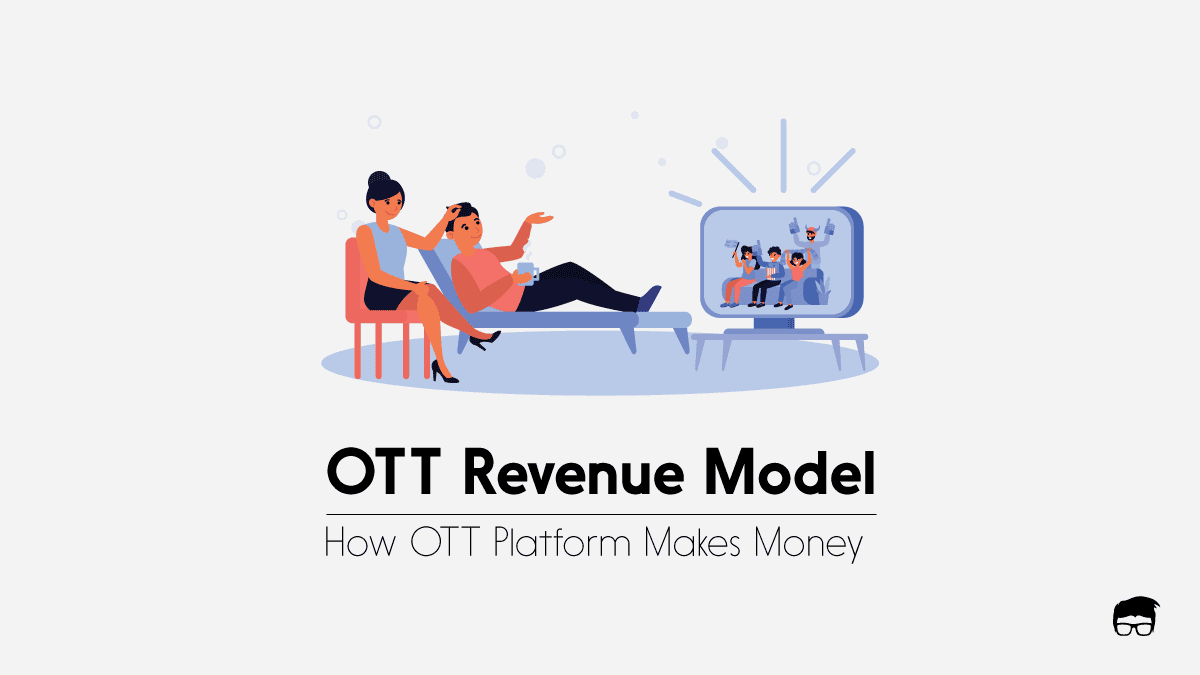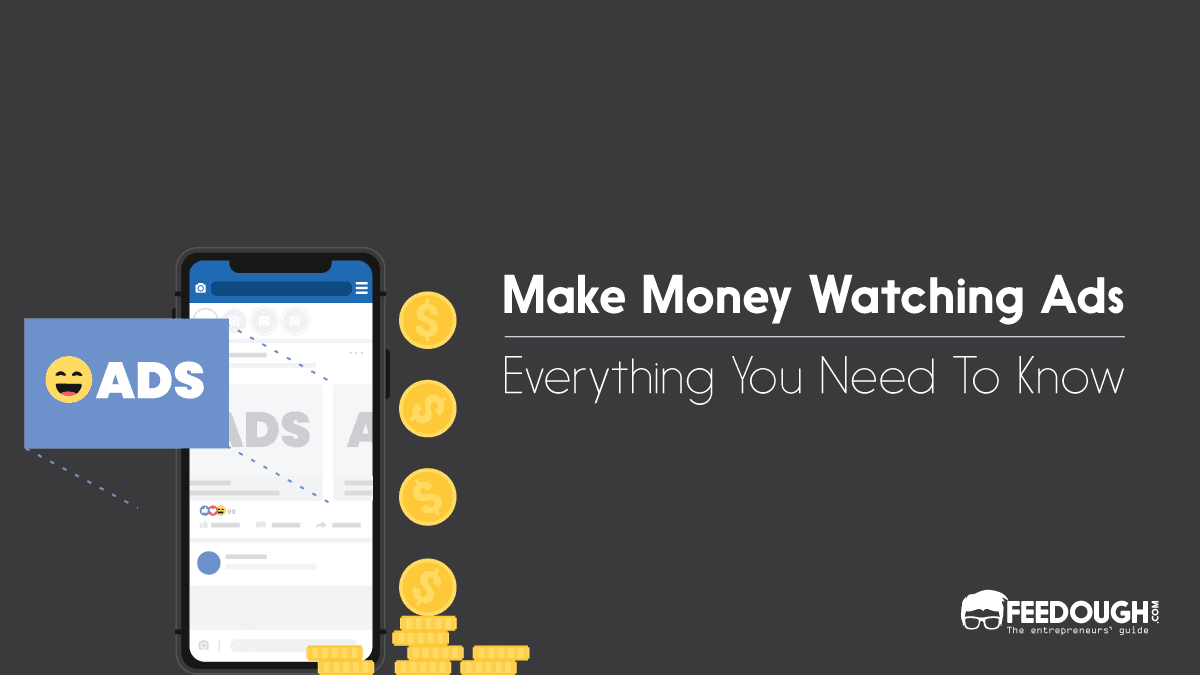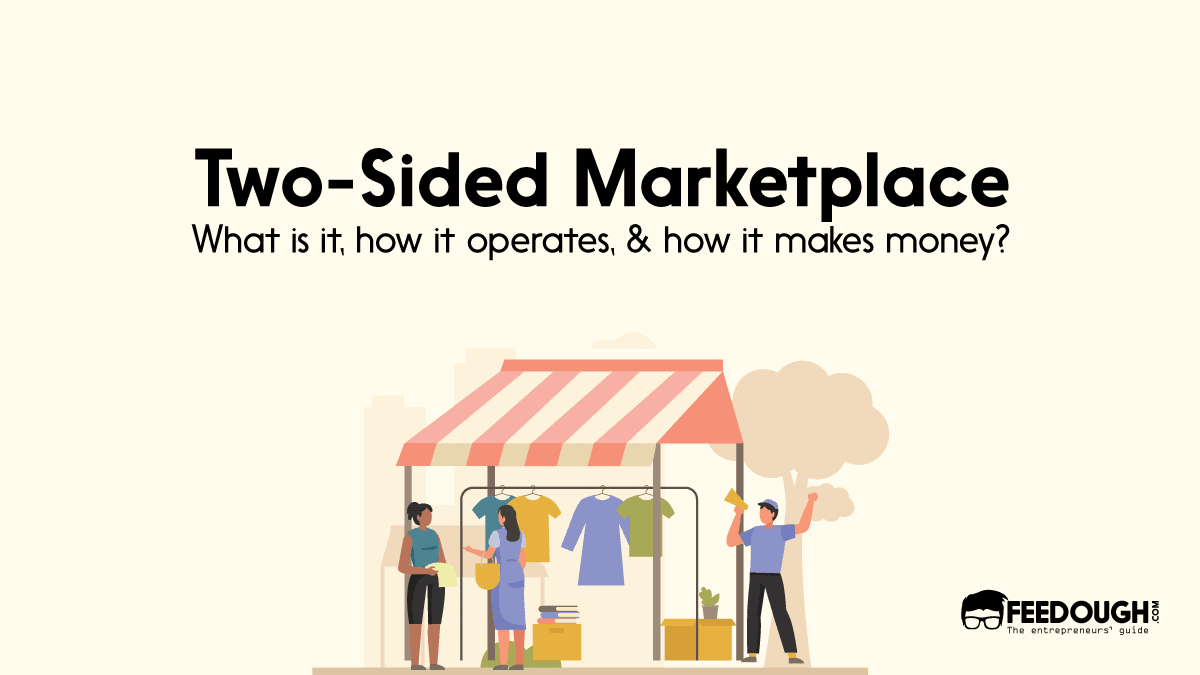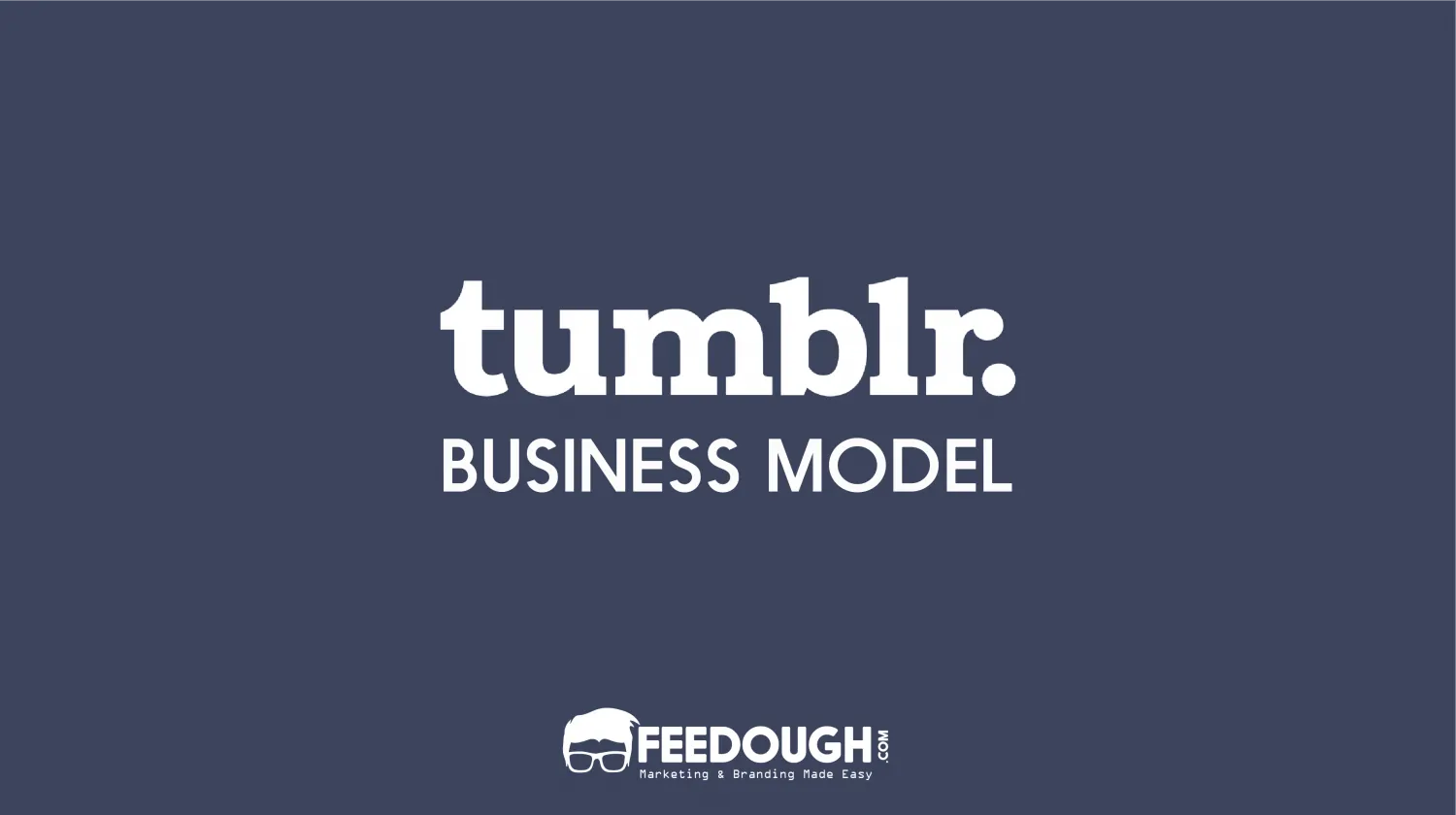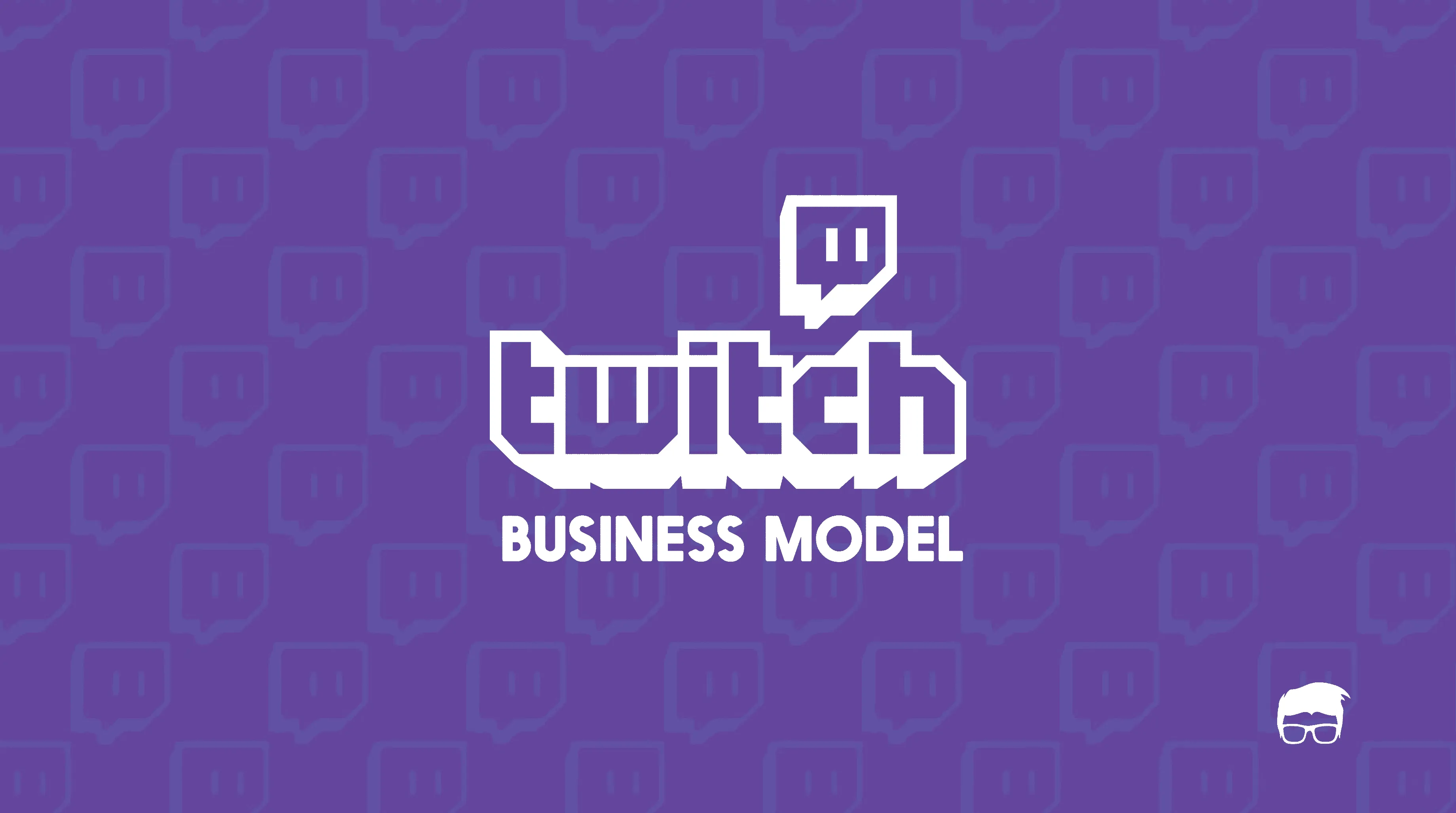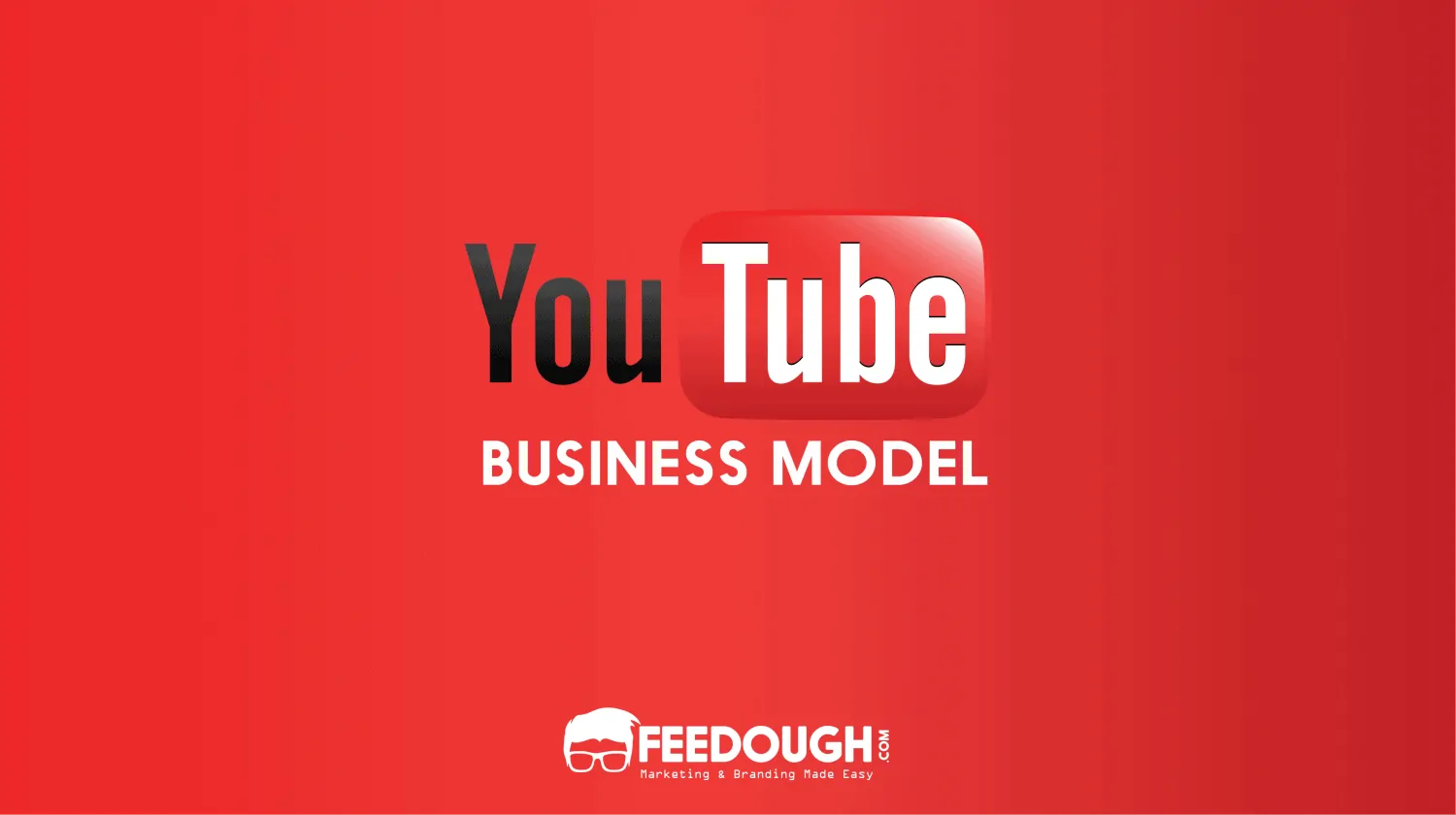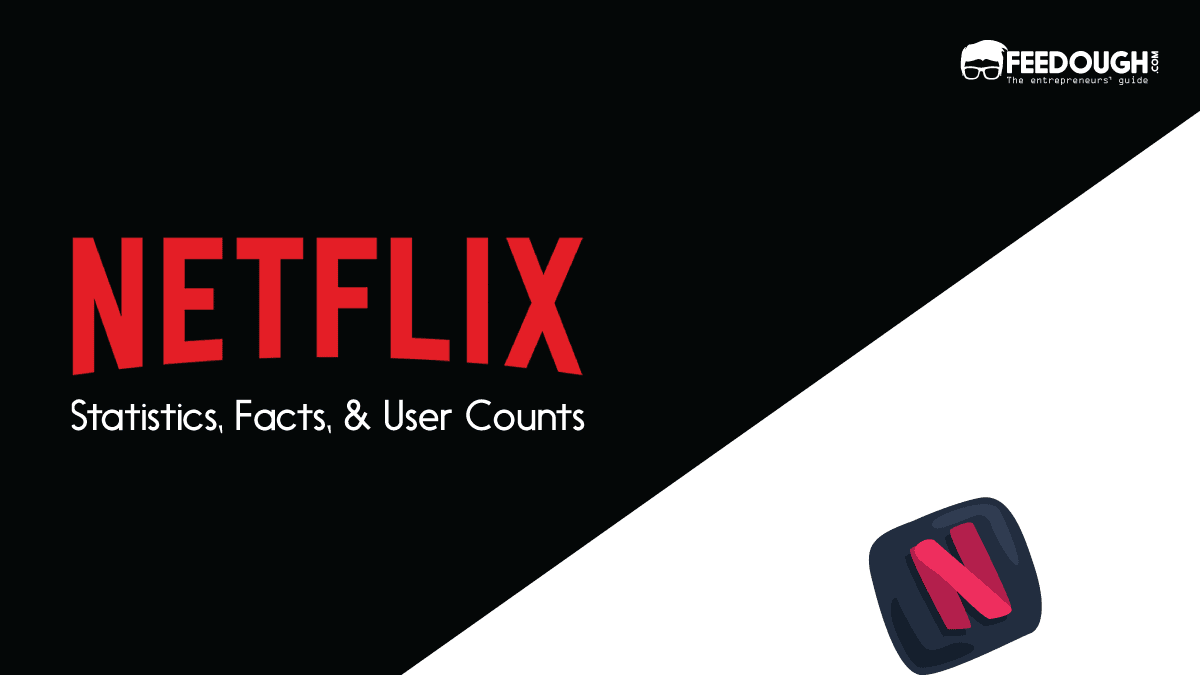OTT (Over-The-Top) is the new cable TV. If you’re reading this, chances are you already watched a movie or show on an OTT platform in the last week. In fact, 71% of the US population have. And 57% of the population has shifted to OTT as their main way of watching TV.
With billions of people using OTT platforms every day, it’s no wonder that these platforms are printing billions, too. But how can Netflix make a net profit of $5.4 billion in 2023? What exactly is it or any of the OTT platform’s revenue models? Let’s find out.
But for those who are new to OTT and the digital entertainment arena –
What Is An OTT Platform?
An OTT (Over-The-Top) platform is a digital streaming service that offers video content through the Internet, bypassing traditional cable or satellite TV providers. The content is delivered directly to the consumer’s device – whether it’s a smart TV, laptop, smartphone or tablet.
This digital service stands on three key aspects –
- Content delivery – OTT platforms deliver video content over the internet. The internet is a big factor in the difference between OTT and traditional TV.
- Content distribution – These platforms distribute their licensed and some proprietary content directly to the consumer’s device without involving any third-party providers. This is what differentiates UGC-oriented social media platforms like YouTube from OTT platforms.
- Content production – OTT platforms are also, most of the time, the producers of the content they distribute or stream. For example, Netflix’s popular show, Stranger Things, is a Netflix original and can only be found on its platform. This gives exclusivity and makes the platform more desirable for consumers.
OTT VS CTV
OTT are not to be confused with CTV (Connected TV). While both deliver video content over the internet, there is a difference in how they are accessed and consumed.
OTT platforms are often accessed through dedicated apps or websites on devices like smart TVs, streaming boxes or gaming consoles. On the other hand, CTV refers to any television set that can connect to the internet and access online content. This includes smart TVs, gaming consoles, and streaming devices.
The key difference between the two is that OTT platforms are subscription-based, while CTV can access both free and paid content.
Aspect | OTT (Over-The-Top) | CTV (Connected TV) |
|---|---|---|
Definition | Streaming video over the internet without needing cable or satellite. | A device that connects your TV to the internet for streaming (e.g., Roku, Smart TV). |
Device Dependency | It works on any device with the internet—smartphones, tablets, and laptops. | Requires a TV and a connected device like a Smart TV or streaming box. |
Content Access | Stream-on-demand content from apps like Netflix, Hulu, Disney+. | Lets you watch streaming services on your TV through apps or devices. |
User Experience | Watch anytime, anywhere on your personal devices. | More of a big-screen TV experience, similar to traditional viewing. |
Ad Targeting | Ads are personalised using your data. | Ads are shown on your TV but are less targeted than OTT. |
Interactivity | More interactive—pause, rewind, get personalised suggestions. | Limited interactivity but a more immersive, big-screen experience. |
Examples | Netflix, Hulu, YouTube (works on any device). | Roku, Amazon Fire TV, Apple TV (requires connection to a TV). |
How OTT Platforms Earn Money?
The OTT business model has matured a lot since 2007, when Netflix launched its streaming service to the US market, and there was no competition. Today, platforms like Netflix, Hulu, and HBO Max are fighting for dominance in the highly competitive marketplace.
But how do these platforms earn money? Here are some of the main ways OTT platforms generate revenue:
Subscription-based Revenue Model
The most common way OTT platforms make money is through a subscription-based revenue model. This means that users pay a monthly or annual fee to access content on the platform. The amount can vary depending on the platform and their pricing strategy.
For example, Netflix offers different packages starting at $8.99 per month for its basic plan and going up to $17.99 per month for its premium plan. Once users have subscribed, they can watch unlimited content without any additional charges.
Other OTT platforms like Hulu and HBO Max also follow a similar subscription-based model, with different pricing plans and packages.
Netflix pioneered this model, and it was grandfathered from its DVD rental service to streaming. Now, it’s the most common way for OTT platforms to generate revenue.
Advertising-based Revenue Model
While subscription-based models are the most popular among OTT platforms, some also use an advertising-based revenue model. This means that in addition to subscription fees, these platforms also show advertisements during their content.
For example, Hulu offers a lower-priced ad-supported subscription plan in addition to its ad-free plan. The platform earns money by showing advertisements during its shows and movies.
The OTT advertising model works best for platforms with a lot of free or low-cost licensed content. It allows them to reach a wider audience and generate revenue from both subscriptions and ads.
Similarly, several Indian OTT platforms, like Hotstar, Zee5, MX Player, etc., also offer an ad-supported free subscription plan in addition to paid subscriptions.
Transactional-based Revenue Model
The transactional-based revenue model is less common among OTT platforms. It involves users paying per content or per view rather than a recurring subscription fee.
This model is mostly used by platforms that don’t have a vast library of content and instead focus on providing exclusive or current content. For example, Amazon Prime Video allows users to rent or buy movies and TV shows that are not included in their subscription package.
Similarly, YouTube offers movie rentals and purchases for certain titles. This model can be beneficial for platforms with limited content and helps them generate revenue without the commitment of a subscription.
Syndication and Licensing
Syndication and licensing is another way for OTT platforms to earn money. This involves selling the rights of their content to other TV networks or streaming platforms.
For example, Netflix licensed “Orange Is the New Black” to Comedy Central for linear TV broadcast rights in 2017. Similarly, Hulu licensed “The Handmaid’s Tale” to Channel 4 in the UK for traditional TV broadcast.
Merchandise Sales
It isn’t just the streaming rights that bring in the money; the merchandising and spin-offs that come with popular shows are also a significant source of revenue for OTT platforms.
For example, Netflix has its own merchandise store – Netflix.shop – and “Stranger Things” merchandise has been a massive success for the company on that ecommerce store. The show’s popularity has led to spin-offs like books, comics, and video games.
Sponsorships and Partnerships
Many OTT platforms also generate revenue through sponsorships and partnerships. This involves partnering with brands for
- Content Sponsorships: Brands pay to be associated with specific shows, movies, or other content on the platform. For example, For the show “Stranger Things”, Netflix partnered with Coca-Cola to bring back New Coke as a limited edition product, tying it into the show’s 1980s setting.
- Platform Sponsorships: A brand becomes the official sponsor of the entire OTT platform or a section of it. For example, Roku partnered with Walmart to create shoppable ads, allowing viewers to purchase products directly through their Roku devices.
- Event Sponsorships: For platforms that stream live events or sports, brands can sponsor specific events or tournaments. For example, Indian OTT JioCinema brought in 18 sponsors and 250 advertisers for the IPL 2024 season.
Hybrid Model
Some OTT platforms use a hybrid model combining different revenue streams to generate income. For example, Hulu offers both subscription-based plans and ad-supported free content. Similarly, Amazon Prime Video offers subscriptions as well as transactional purchases or rentals.
Another example is Disney+, which offers a subscription-based model but also earns revenue through merchandise and theme park tie-ins.
OTT Platform Expenses
When calculating profit for an OTT platform, you can’t just look at revenue. There are major expenses that eat into earnings. Let’s break them down:
Development and Infrastructure Costs
These are the foundational costs of building and maintaining the platform itself. Without a solid infrastructure, the platform can’t function reliably or deliver content. Most of the initial investment goes into this.
- Platform Development: A basic version can run anywhere from $50,000 to $200,000. If you want advanced features, expect that number to go up—$200,000 to $500,000 or more. Overall, the development cost usually lands between $150,000 to $300,000.
- Backend Infrastructure: This includes all the behind-the-scenes systems like databases, streaming servers, and analytics tools. These are essential to keep the platform running smoothly. Costs can range from $50,000 to $250,000.
- Frontend Development: This is everything users see—like the user interface and design. Mobile responsiveness is key here too. The cost? Around $25,000 to $100,000.
- Content Delivery Network (CDN): To stream high-quality content, OTT platforms need powerful servers and data centres, which require optimisation tools. This can be another significant expense that can even range to millions.
Content Costs
The content itself is one of the biggest ongoing expenses for any OTT platform. Quality content keeps users subscribed and engaged whether it’s licensed shows or original productions.
- Content Licensing and Acquisition: OTT platforms often pay a lot to license popular shows or movies. The price can range from $50,000 to over $5 million per year, depending on how in-demand the content is.
- Original Content Production: Creating exclusive content can help set a platform apart, but it’s expensive. Think of shows that only stream on certain platforms—they don’t come cheap.
Ongoing Operational Costs
These are the recurring expenses that keep the platform running smoothly day-to-day. From streaming infrastructure to marketing, these costs ensure that the platform can grow and maintain its user base.
- Hosting and Streaming Delivery: Once the platform is live, the costs keep coming. Platforms pay regularly for infrastructure and the bandwidth to stream content to users.
- Customer Support: A team is needed to help users with any technical issues or questions. This is a continuous expense.
- Marketing and User Acquisition: To grow, platforms need to spend on advertising and promotions to attract new subscribers.
- Product Development: To stay competitive, the platform will need constant updates and new features, which will result in higher development costs over time.
- Maintenance: Regular maintenance is required to keep the platform running smoothly and fix any bugs that come up.
Other Expenses
Beyond development and content, there are various additional costs that OTT platforms must manage. These ensure smooth transactions, legal compliance, and the ability to support a growing team.
- Payment Processing: Platforms pay fees to handle subscription payments and process transactions.
- Legal and Licensing Fees: To ensure compliance and protect content rights, legal fees are another ongoing cost.
- Team and Staffing: From developers to content managers to marketers, OTT platforms need to pay their staff regularly.
Expense Category | Details |
|---|---|
Platform Development | Costs vary depending on whether the platform is basic or includes advanced features. |
Backend Infrastructure | Includes systems like databases, content management, and streaming servers. |
Frontend Development | Covers the user interface, user experience design, and mobile optimisation. |
Content Delivery Network (CDN) | Requires servers, data centres, and tools to ensure high-quality streaming. |
Content Licensing and Acquisition | Acquiring the rights to stream shows, movies, or other content. Costs depend on content demand. |
Original Content Production | Producing exclusive content can be costly but differentiates the platform. |
Hosting and Streaming Delivery | Regular costs to maintain infrastructure and provide the bandwidth needed for streaming. |
Customer Support | Teams required to assist users with technical issues and inquiries. |
Marketing and User Acquisition | Advertising and promotional efforts to attract new users. |
Product Development | Continuous updates and improvements to keep the platform competitive. |
Maintenance | Ongoing platform upkeep and issue resolution. |
Payment Processing | Fees associated with handling subscription payments and transactions. |
Legal and Licensing Fees | Costs for legal compliance, content rights, and protection. |
Team and Staffing | Salaries for developers, content managers, marketers, and other key staff. |
A startup consultant, digital marketer, traveller, and philomath. Aashish has worked with over 20 startups and successfully helped them ideate, raise money, and succeed. When not working, he can be found hiking, camping, and stargazing.
